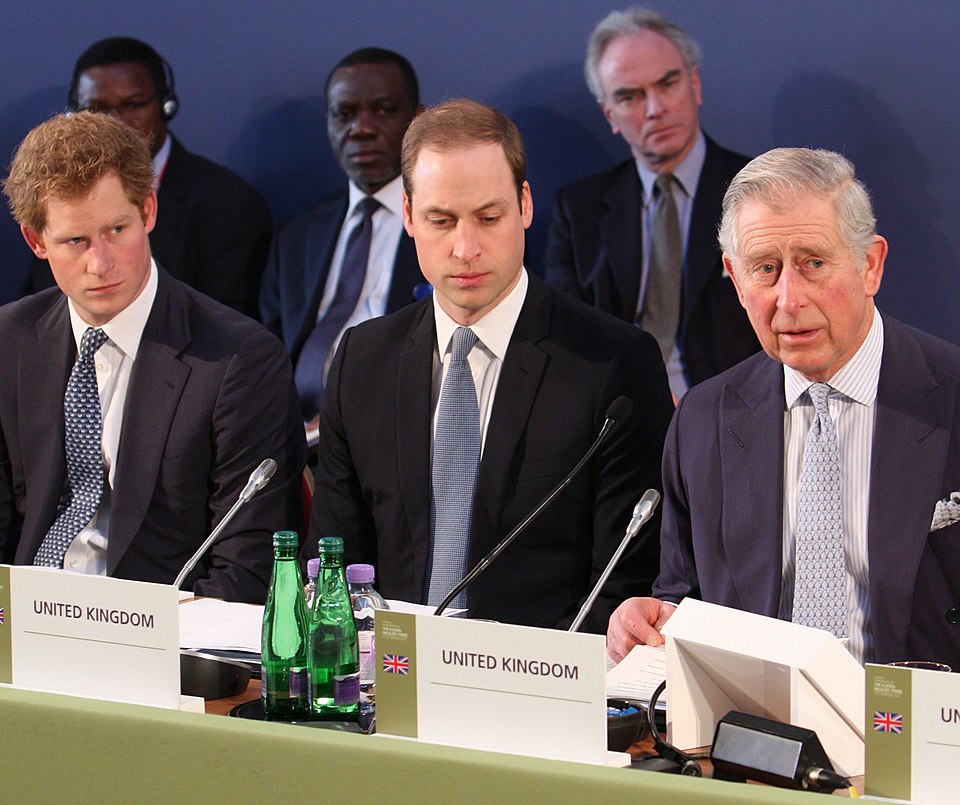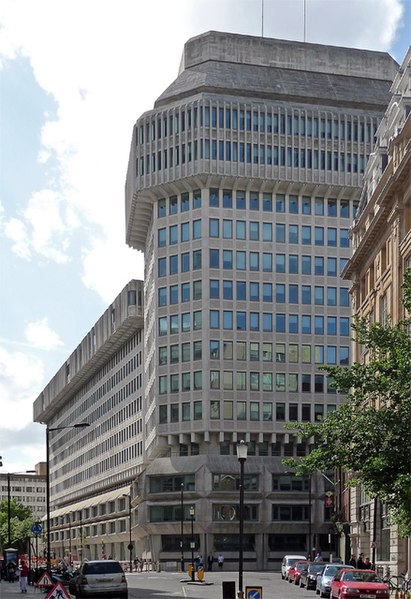
On March 10th, Prince Edward's 59th birthday, The King bestowed upon his younger brother the Dukedom of Edinburgh, making him the Duke of Edinburgh, while his wife, Sophie, became the
Duchess. Their son, James, at the age of 15, also became the new Earl of Wessex, succeeding Prince Edward as heir.
However, James will never ascend to the Dukedom of Edinburgh as the title has been conferred with the stipulation that it will revert to the Crown after Prince Edward's death. This decision is in line with The King's vision of a streamlined monarchy.
Royal dukedoms were previously hereditary, with the heir to the Dukedom destined to inherit the title. However, with the new decision, the Dukedom of Edinburgh will become extinct following the death of the current holder.
The King is aware of the potential issues surrounding the Dukedoms of Kent and Gloucester, as neither will be held by a senior member of The Royal Family in the future. The current Duke of Kent has an heir, the Earl of St. Andrews, and his grandson, Lord Downpatrick, is next in line to become Duke of Kent. Thus, the future of the Dukedom of Kent is secure, and the title is unlikely to return to the Crown.
Similarly, Alexander Windsor is next in line to become Duke of Gloucester, with Prince Richard's grandson, Xan, as the second in line. This ensures the security of the Dukedom of Gloucester, with extended members of The Royal Family as future holders of the title.
It is unlikely that the new Earl of Wessex will become a working member of The Royal Family, making it unsuitable for such a prestigious Dukedom to become detached from the immediate family in the coming decades.
In summary, The King's decision to make the Dukedom of Edinburgh extinct upon Prince Edward's death aligns with his vision of a streamlined monarchy. It also ensures the security of the Dukedoms of Kent and Gloucester, which will be held by extended members of The Royal Family in the future. Photo pool/I-image.































































